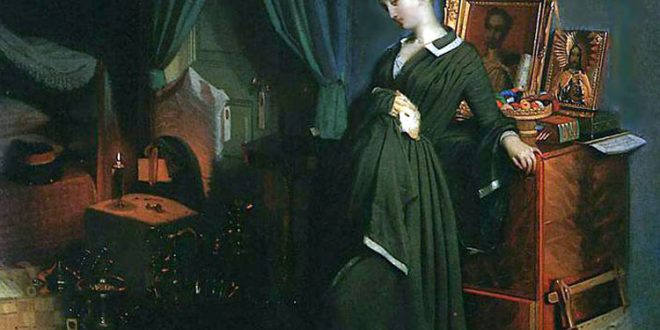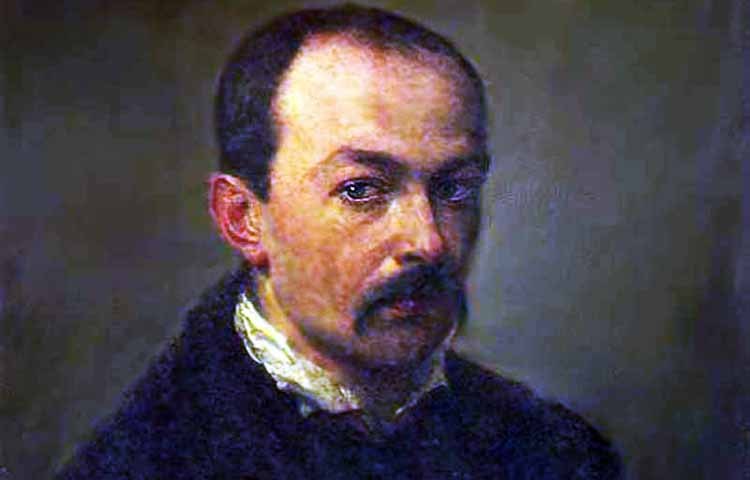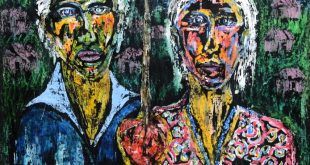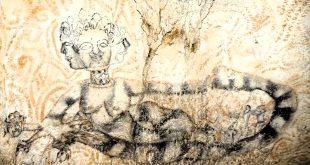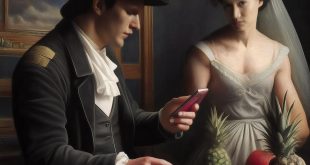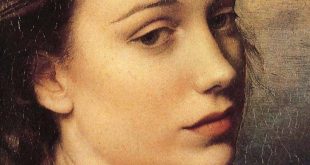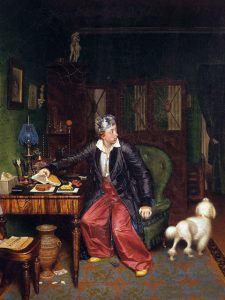 From narrative satire of sepia drawings, to the tragic minimalism of last paintings.
From narrative satire of sepia drawings, to the tragic minimalism of last paintings.
He was born in Moscow on a June day 1815, into a family of a former soldier of Catherine’s epoch. In 1834, his first works were dedicate to military subjects, most of them with a satirical focus. After he presented to the emperor, in the renovated Winter Palace, his “Hallowing of banners”, PAVEL FEDOTOV had gained the right to dedicate himself entirely to art. In the early 1850s, he suffered a psychological breakdown, but he continued to paint until he died in an asylum in 1852.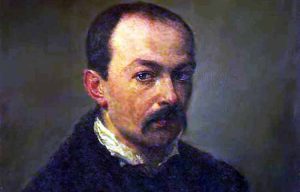
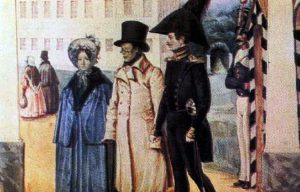
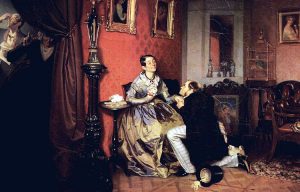
His first drawings were caricatures of his fellow students, himself, and authorities. In 1826, father sent him to study in the First Moscow military school. Already then, he showed his inclination for painting. In 1833, PAVEL FEDOTOV was sent to St. Petersburg, to serve in the Finnish regiment of the life guards, where spent ten years. His painting career lasted only eight years, because he came to find that art and military service were incompatible.
Russian painters of the school of realism, into second half of the 19th century, perceived him as their forerunner. He defined the perspective of Russian genre painting, widening the borders of the expressive possibilities of genre painting. His paintings were popular, because he conveyed reality as it is. One of his satirical poem was banned from distribution in Russia. In his lifetime, none of his literary compositions was published. In 1852, he died into a November day, forgotten by everybody. By the end of the 1840s, PAVEL FEDOTOV gained deserved recognition. In Moscow, you can admire some of his works at the Tret’jakov Gallery https://www.tretyakovgallery.ru/en/.
The property of the images that appear in this blog correspond to their authors. To broaden your horizon of knowledge about other painters, you can type http://meetingbenches.com/category/paintings/. The sole purpose of this site is to spread the knowledge of these artists and that other people enjoy their works.
 Meeting Benches World art in all forms
Meeting Benches World art in all forms
